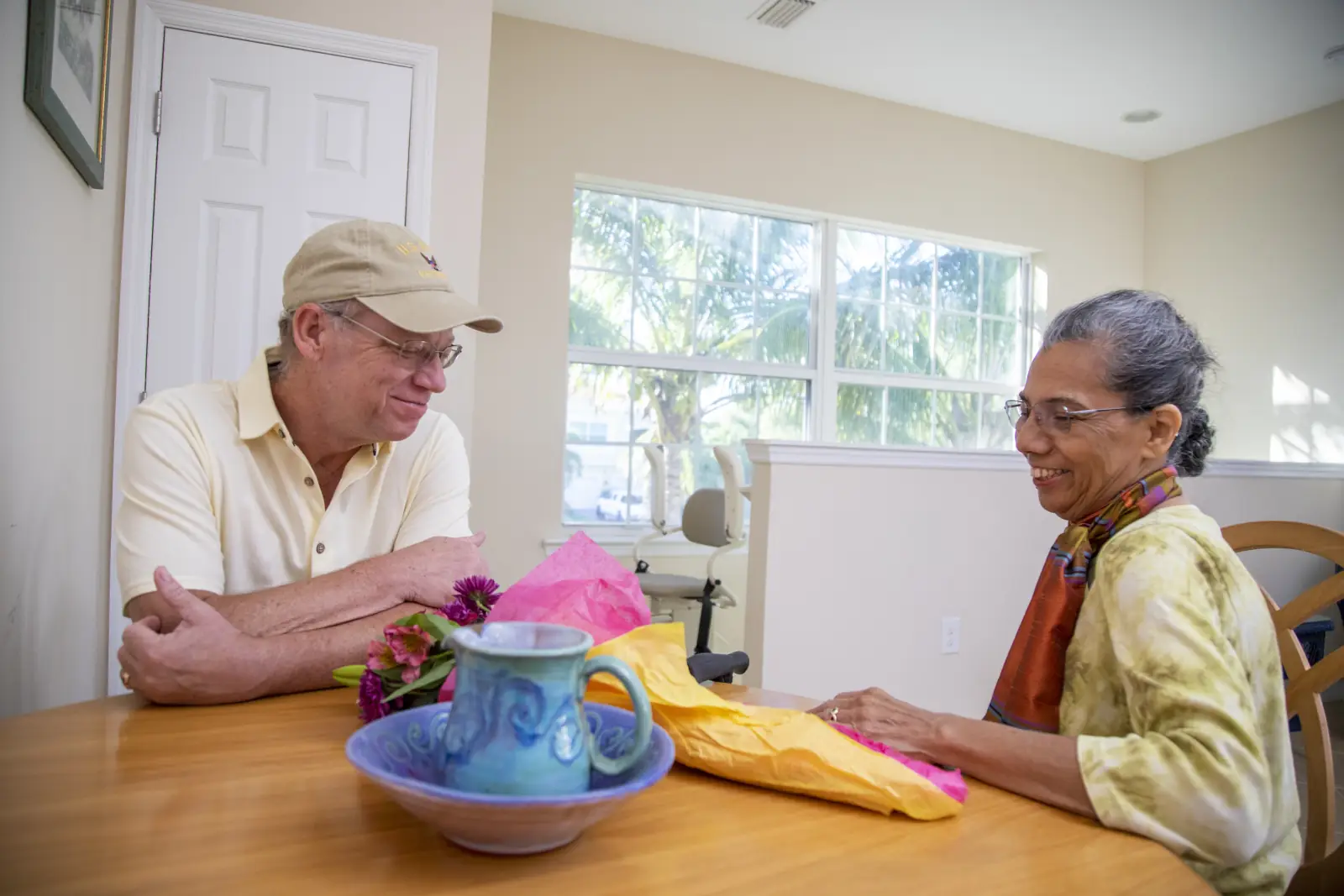In New Jersey, eligible residents who require assistance with their mobility can significantly benefit from home modifications such as stairlifts and elevators, which allow them to maintain a sense of independence and live comfortably in their homes. These modifications can improve accessibility and safety within the home, but the cost may become a barrier for many. Fortunately, long-term care insurance can provide the necessary funding for these essential home modifications, making it more achievable for eligible individuals.
The present article aims to provide ample information regarding home modification grants through long-term care insurance. The discussion will include a thorough examination of eligibility prerequisites, application formalities, compensation limits, and the time frame for receiving the funds. Furthermore, we will settle ten common queries that people have regarding this vital matter. By the end of this piece, you will have an in-depth understanding of home modifications and how to secure the funding for them.
Eligibility for Long-Term Care Insurance Home Modification Funding
To be eligible for home modification funding through long-term care insurance, you must meet the following criteria:
- Have an active long-term care insurance policy that includes coverage for home modifications.
- Meet the policy’s benefit triggers, which often require a demonstrated need for assistance with activities of daily living (ADLs) or cognitive impairment.
- Obtain a written recommendation from a healthcare professional indicating that the home modifications are medically necessary.
Applying for Long-Term Care Insurance Coverage
To apply for home modification coverage through your long-term care insurance, follow these steps:
- Review your insurance policy to verify that it includes coverage for home modifications and determine any specific requirements or limitations.
- Consult with your healthcare provider to obtain a written recommendation for the necessary home modifications.
- Contact your insurance company to initiate a claim and provide the required documentation, including the healthcare provider’s recommendation and any cost estimates for the proposed modifications.
- If your claim is approved, work with a licensed contractor to complete the home modifications according to your insurance policy’s guidelines.
Coverage Amounts and Timeline
The amount of coverage provided for home modifications through long-term care insurance depends on your specific policy, the extent of the required modifications, and any policy limitations or maximums. Some policies may cover the full cost of the modifications, while others may provide partial coverage or require a copay.
The timeline for the application process and receiving coverage varies depending on the complexity of the modifications and your insurance company’s claim processing times. Typically, applicants can expect a decision within a few weeks to a few months after submitting their claim.
10 Frequently Asked Questions
- Will all long-term care insurance policies cover home modifications?
Coverage for home modifications varies among long-term care insurance policies. Review your policy or consult with your insurance agent to determine if your policy includes coverage for home modifications. - Are there any restrictions on the types of home modifications covered?
Coverage for specific home modifications depends on your insurance policy and the recommendation from your healthcare provider. Commonly covered modifications include stairlifts, elevators, wheelchair ramps, and accessible bathrooms. - Can I choose my own contractor to complete the home modifications?
Most insurance companies require that you select a licensed and insured contractor to complete the work. Some may provide a list of pre-approved contractors or require you to obtain multiple quotes. - Can I apply for insurance coverage if I have already started my home modifications?
In most cases, you must apply for coverage and receive approval from your insurance company before starting any home modifications. - How does long-term care insurance coverage for home modifications differ from other funding sources, such as Medicaid or state-funded programs?
Long-term care insurance is a private insurance product, while Medicaid and state-funded programs are government-sponsored. Eligibility requirements, coverage amounts, and application processes may differ between these funding sources. - Can I use insurance coverage in conjunction with other funding sources for home modifications?
You may be able to use long-term care insurance coverage in conjunction with other funding sources for home modifications, depending on the specific guidelines of each program and your insurance policy. Consult with your insurance agent and the administrators of other funding sources to determine if combining coverage is allowed. - Are there any age restrictions for accessing long-term care insurance coverage for home modifications?
There are generally no age restrictions for accessing. However, you must meet the policy’s benefit triggers, which often require a demonstrated need for assistance with activities of daily living (ADLs) or cognitive impairment. - What if my insurance claim for home modifications is denied?
If your claim is denied, review the reasons for denial provided by your insurance company. You may need to submit additional documentation, revise your claim, or appeal the decision. - Can I upgrade my current long-term care insurance policy to include coverage for home modifications?
Whether you can upgrade your current policy to include coverage for home modifications depends on your insurance company and the specific policy. Consult with your insurance agent to explore your options for upgrading your policy. - How can I ensure that my insurance policy includes coverage for home modifications?
When purchasing a long-term care insurance policy, carefully review the coverage details and consult with your insurance agent to ensure that home modifications are included. If you already have a policy, review it to verify coverage for home modifications, or contact your insurance agent for clarification.
Conclusion
For New Jersey residents with disabilities or seniors in need of home modifications, long-term care insurance can provide valuable financial assistance. By understanding the eligibility criteria, application process, coverage amounts, and timelines, you can make informed decisions about obtaining home modification funding. If you have additional questions, don’t hesitate to reach out to your insurance agent or company for guidance and support. With the right resources and assistance, you can create a safe, accessible, and comfortable living environment for yourself or your loved ones.


